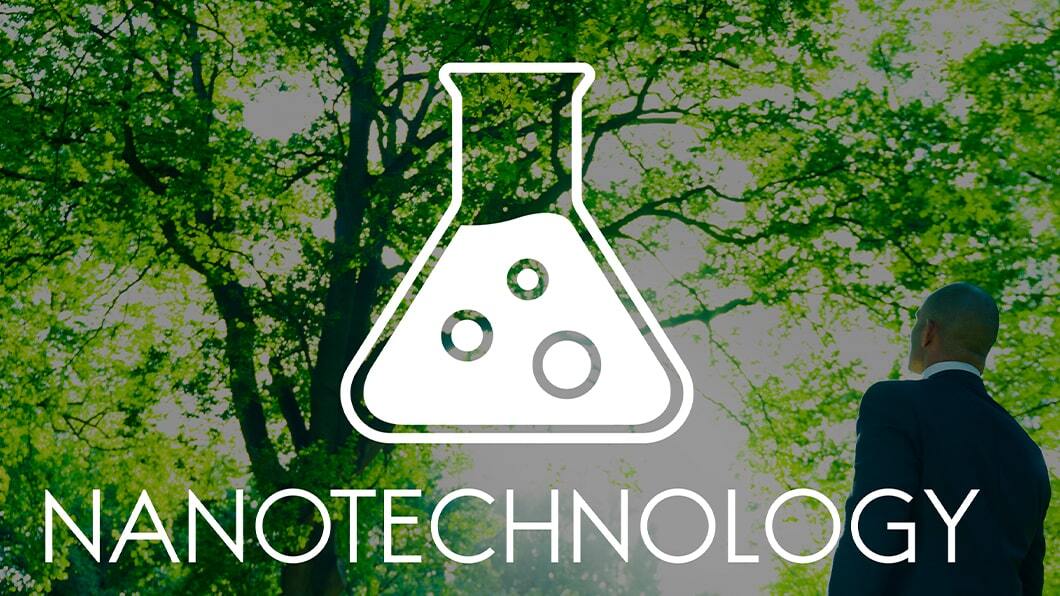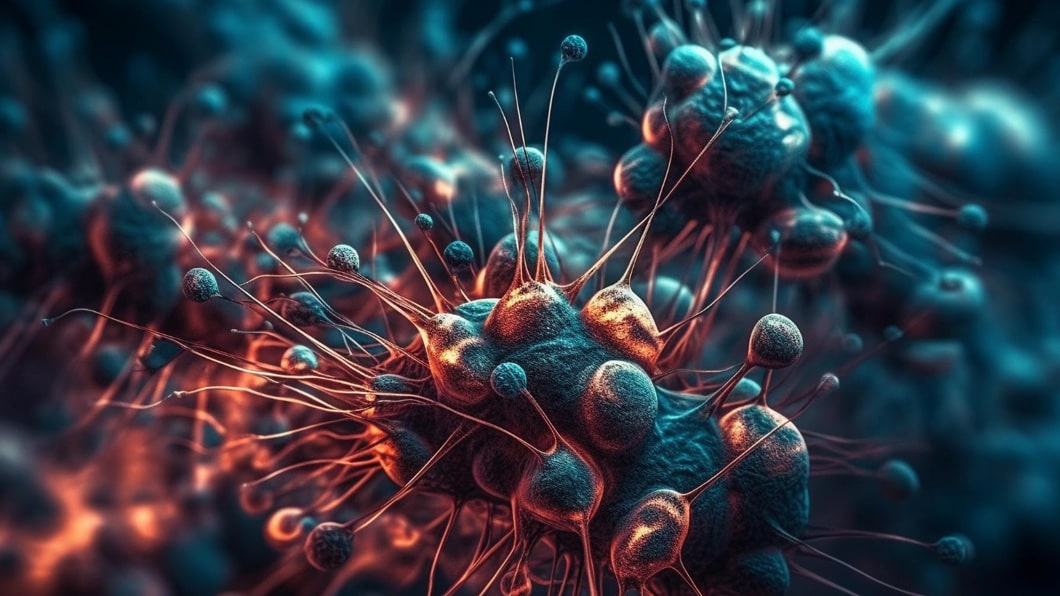
Nanotechnology: Exploring the World of Nanoscale Materials
In the vast realm of science and technology, there is a field that delves into the tiniest of particles and unlocks a whole new dimension of possibilities. This field is nanotechnology, and it focuses on manipulating and controlling matter at the nanoscale. With the ability to engineer materials and devices at such a minuscule level, nanotechnology holds immense promise for revolutionizing various industries and transforming our daily lives.
At its core, nanotechnology involves working with materials and structures that are typically between 1 and 100 nanometers in size. To put that into perspective, a nanometer is one billionth of a meter, or roughly 100,000 times smaller than the width of a human hair. At this scale, the rules of classical physics start to give way to quantum mechanics, leading to unique properties and behaviors that can be harnessed for numerous applications.
One of the most remarkable aspects of nanotechnology is its interdisciplinary nature. It combines principles from physics, chemistry, biology, and engineering to create a holistic approach to problem-solving. Researchers in this field employ cutting-edge techniques and tools to observe, manipulate, and characterize nanoscale materials. These techniques include scanning probe microscopy, electron microscopy, and molecular self-assembly, among others.
One area where nanotechnology has made significant strides is in materials science. By manipulating materials at the atomic and molecular level, scientists can create substances with enhanced properties and functionalities. For example, nanoparticles can be engineered to exhibit improved strength, conductivity, or reactivity compared to their bulk counterparts. This opens up a wide range of possibilities for developing advanced materials for applications in electronics, energy storage, medicine, and more.

In the field of electronics, nanotechnology has enabled the continued miniaturization of devices, leading to smaller, faster, and more efficient electronic components. Nanoscale transistors and circuits have become the building blocks of modern computing, powering devices like smartphones, tablets, and laptops. Furthermore, nanomaterials such as graphene have shown remarkable properties for flexible and transparent electronics, paving the way for innovative wearable technologies and foldable displays.
Energy is another area where nanotechnology holds great promise. Researchers are exploring nanomaterials for more efficient solar cells, capable of converting sunlight into electricity with unprecedented efficiency. Nanotechnology also plays a crucial role in energy storage, as nanomaterials can enhance the performance and lifespan of batteries and supercapacitors. By improving energy conversion and storage technologies, nanotechnology contributes to the development of sustainable energy solutions.
Nanomedicine is yet another exciting field that harnesses the power of nanotechnology. Nanoparticles can be engineered to deliver drugs directly to targeted cells in the body, increasing the efficacy of treatments while minimizing side effects. Nanoscale sensors can monitor physiological parameters and detect diseases at early stages, allowing for timely interventions. Additionally, nanomaterials can be used for tissue engineering, creating artificial scaffolds that promote cell growth and regeneration.
However, with great potential comes great responsibility. The field of nanotechnology also raises concerns about the environmental and health impacts of nanomaterials. As nanoparticles become more prevalent in consumer products, it is crucial to assess their safety and understand their interactions with living organisms. Responsible development and regulation are paramount to ensure the ethical and sustainable implementation of nanotechnology.
To fully realize the potential of nanotechnology, ongoing research and collaboration are crucial. Scientists, engineers, policymakers, and ethicists must work together to address challenges and explore new avenues of discovery. International collaborations and knowledge sharing are vital in advancing the field and overcoming barriers.
Education and public awareness also play a significant role in the responsible development and acceptance of nanotechnology. By disseminating accurate information about its benefits, risks, and ethical considerations, we can foster informed discussions and shape public opinion. Encouraging young minds to pursue careers in nanotechnology will ensure a steady stream of talent and fresh ideas for future innovations.
In addition to its technological advancements, nanotechnology has also inspired awe and wonder in the scientific community and the general public. The ability to manipulate matter at such a minuscule scale brings us closer to understanding the fundamental building blocks of our world. It challenges our perception of reality and expands the boundaries of what is possible.

As we continue to explore the world of nanoscale materials, we must remain mindful of the ethical implications and long-term consequences. With responsible research, regulation, and public engagement, nanotechnology can be harnessed as a force for good, driving progress and improving lives across the globe.
The field of nanotechnology continues to evolve rapidly, pushing the boundaries of what is possible. Researchers are constantly exploring new avenues and developing novel techniques to manipulate and utilize nanoscale materials. One area of ongoing research is the development of self-assembling nanostructures, where materials have the ability to organize themselves into complex patterns and structures. This remarkable phenomenon holds great promise for creating advanced nanodevices and materials with precise control and functionality.
Another exciting direction in nanotechnology research is the integration of nanoscale materials with biological systems. This emerging field, known as nanobiotechnology, aims to harness the unique properties of nanomaterials to revolutionize healthcare and diagnostics. For instance, nanoparticles can be used as contrast agents for improved medical imaging, enabling early detection of diseases such as cancer. Nanotechnology also plays a vital role in the development of targeted drug delivery systems, allowing for precise and controlled release of therapeutic agents.
Furthermore, the field of nanotechnology is making significant contributions to environmental sustainability. Nanomaterials are being explored for various applications in environmental remediation, such as the removal of pollutants from water and air. Additionally, nanotechnology is enabling the development of highly efficient catalysts for renewable energy production, such as hydrogen fuel cells and photovoltaic devices. By harnessing the unique properties of nanomaterials, we can address pressing environmental challenges and pave the way for a more sustainable future.
The potential impact of nanotechnology is not limited to scientific and technological advancements alone. It also has profound implications for society and the economy. As nanotechnology continues to mature, it is expected to drive innovation and create new industries and job opportunities. The development and commercialization of nanoscale materials and devices have the potential to transform sectors such as electronics, healthcare, energy, and manufacturing. Governments and industries around the world are investing in nanotechnology research and development to stay at the forefront of this rapidly evolving field.
However, as with any transformative technology, there are ethical and societal considerations that need to be addressed. Responsible governance and regulation are necessary to ensure the safe and ethical use of nanotechnology. This includes careful assessment of potential risks, protection of workers and consumers, and the establishment of guidelines for responsible research and development. Open dialogue and engagement with the public are also essential to address concerns and foster trust in the field of nanotechnology.

In conclusion, nanotechnology opens up a vast world of opportunities by exploring the realm of nanoscale materials. Through interdisciplinary collaboration and cutting-edge research, we can manipulate matter at the atomic and molecular level to create advanced materials, revolutionize electronics, enhance energy solutions, and revolutionize medicine. However, responsible development, ethical considerations, and public engagement are crucial to ensure the safe and sustainable implementation of nanotechnology. By embracing the potential of nanotechnology while being mindful of its impact, we can shape a future where the nanoscale unlocks a world of innovation and benefits for all.
FAQ’s?
1. What is nanotechnology?
Nanotechnology is a field of science and technology that involves manipulating and controlling matter at the nanoscale, typically between 1 and 100 nanometers. It involves working with materials and structures at the atomic and molecular level to create new properties and functionalities.
2. What are the applications of nanotechnology?
Nanotechnology has a wide range of applications across various industries. It is used in electronics for miniaturization and improved performance of devices. It has applications in medicine for targeted drug delivery, diagnostics, and tissue engineering. Nanotechnology also contributes to advancements in energy storage and generation, environmental remediation, and materials science.
3. How does nanotechnology benefit society?
Nanotechnology has the potential to revolutionize many aspects of society. It can lead to the development of more efficient electronics, advancements in healthcare with improved diagnostics and targeted treatments, sustainable energy solutions, and cleaner environments through pollution control. Nanotechnology also has the potential to create new industries and job opportunities, driving economic growth.
4. Are there any risks associated with nanotechnology?
As with any emerging technology, there are potential risks associated with nanotechnology. The effects of certain nanomaterials on human health and the environment are still being studied. It is important to conduct thorough research to understand the safety and potential risks of nanomaterials and ensure responsible use and disposal.
5. How is nanotechnology regulated?
Regulation of nanotechnology varies across different countries. Some jurisdictions have specific regulations in place for the production, use, and disposal of nanomaterials. Regulatory agencies work to ensure the safety and responsible development of nanotechnology. It is important to have a coordinated effort between scientists, policymakers, and regulatory bodies to address any potential risks and establish guidelines for safe use.






























